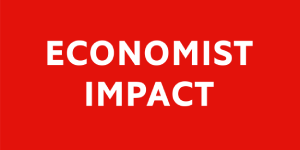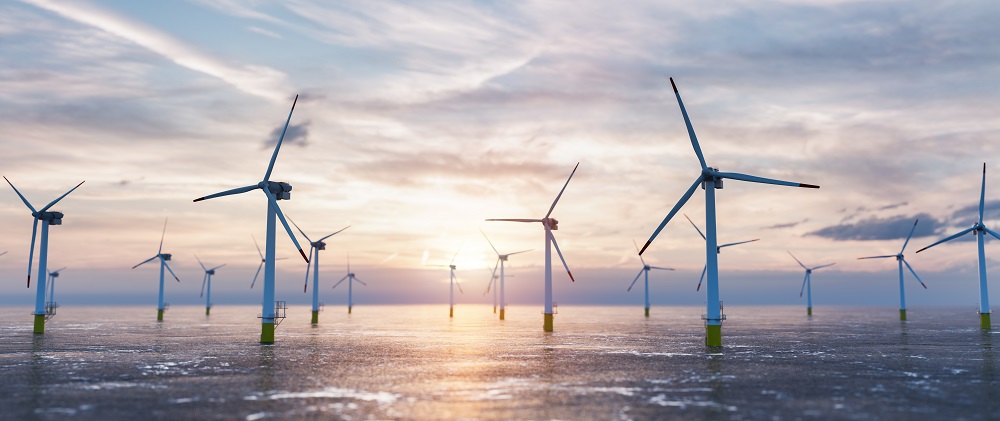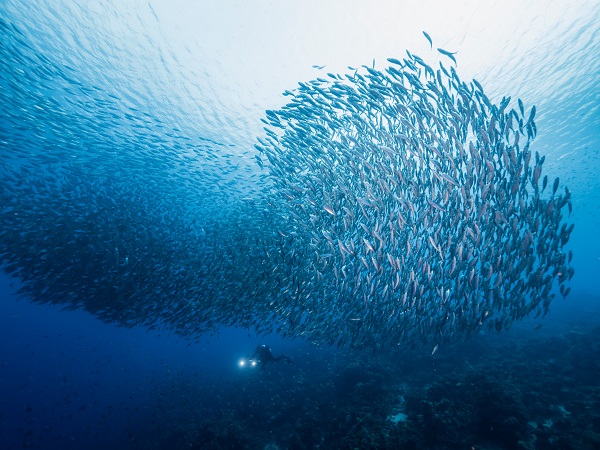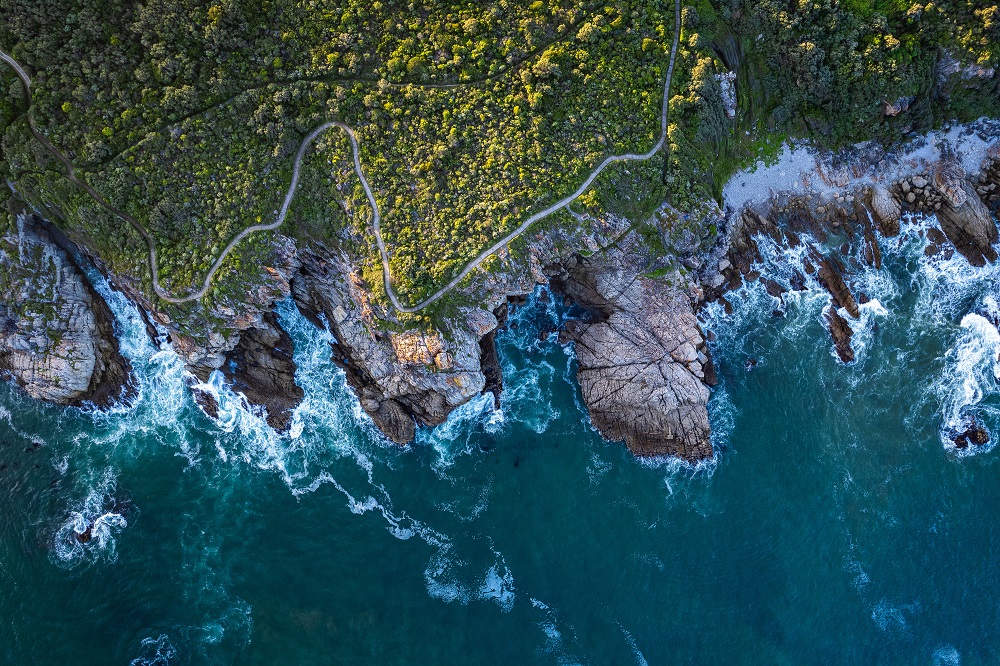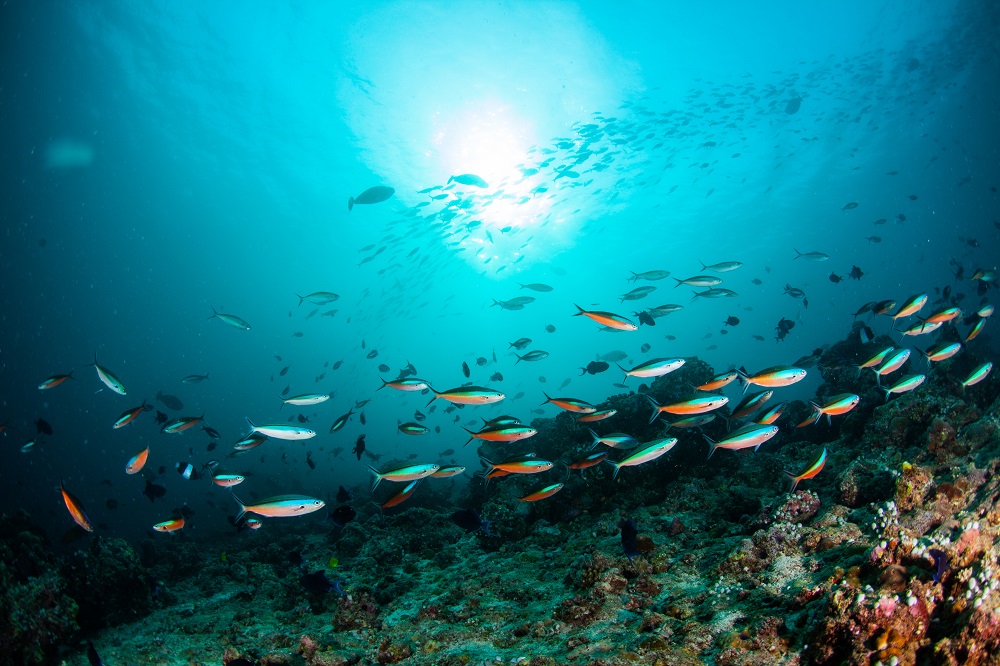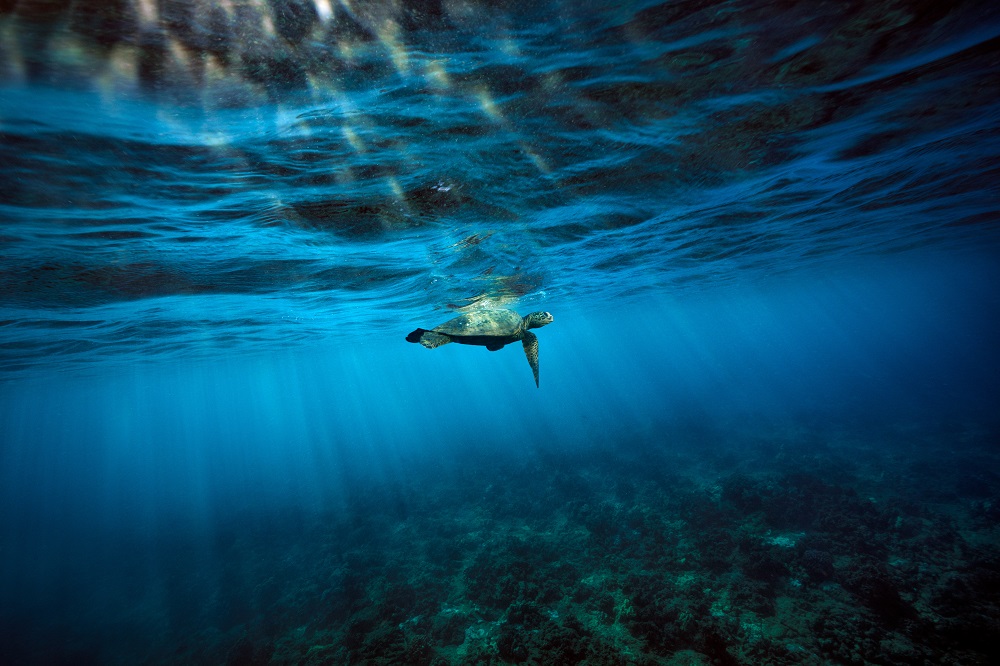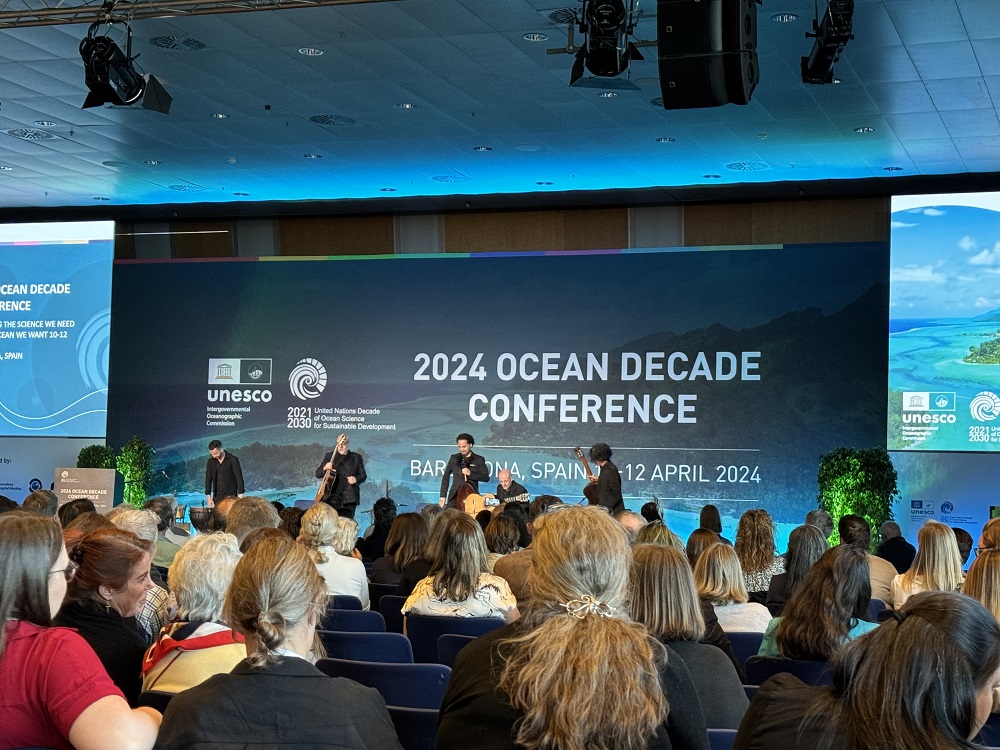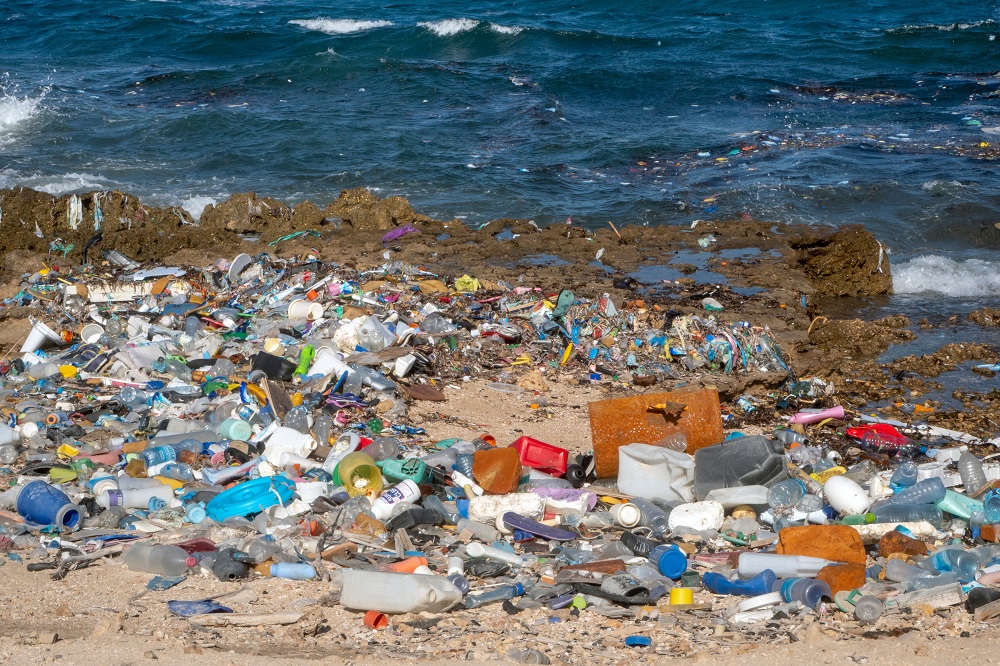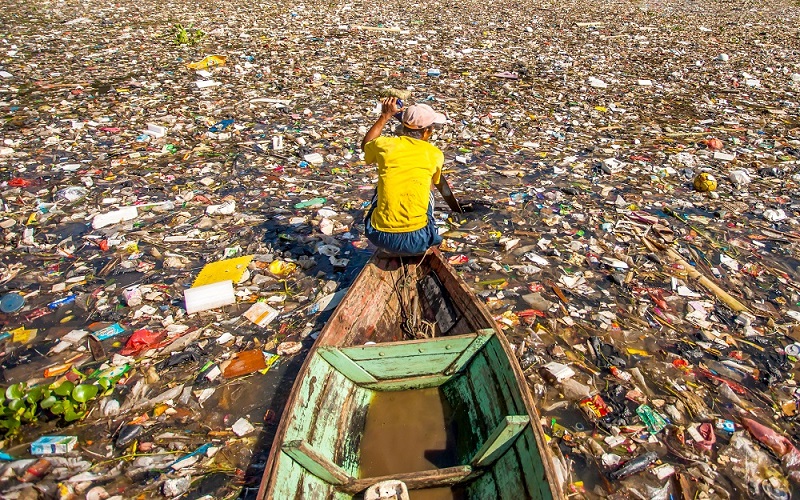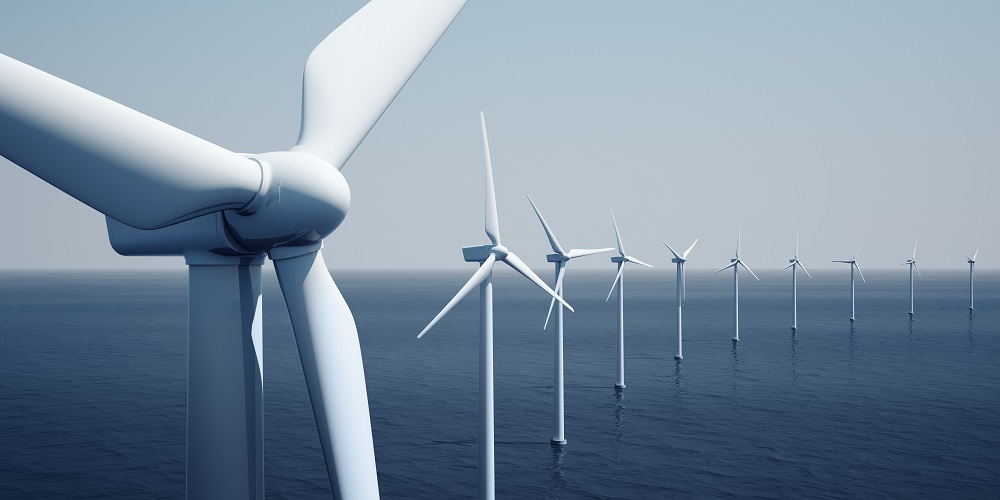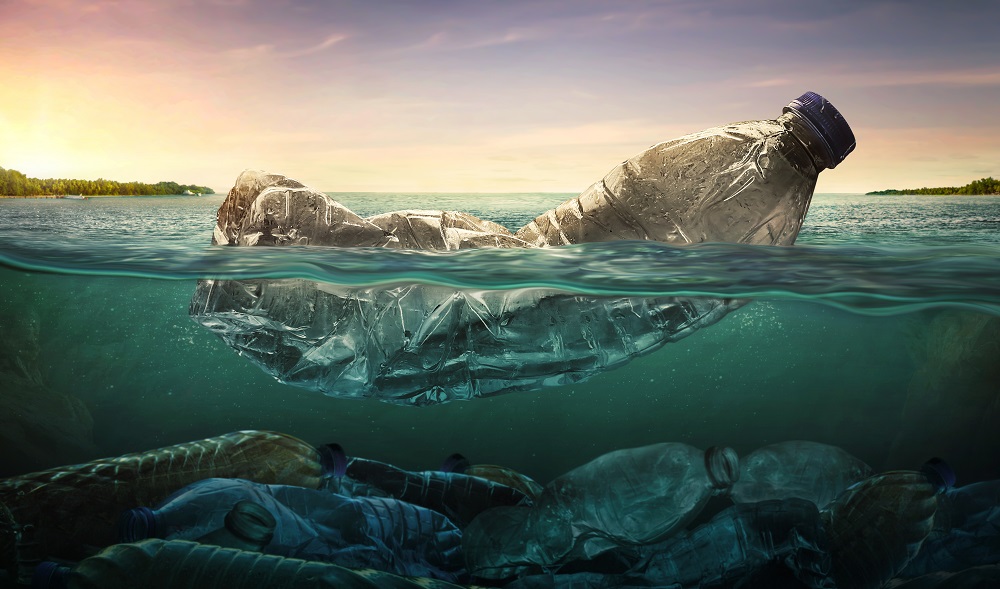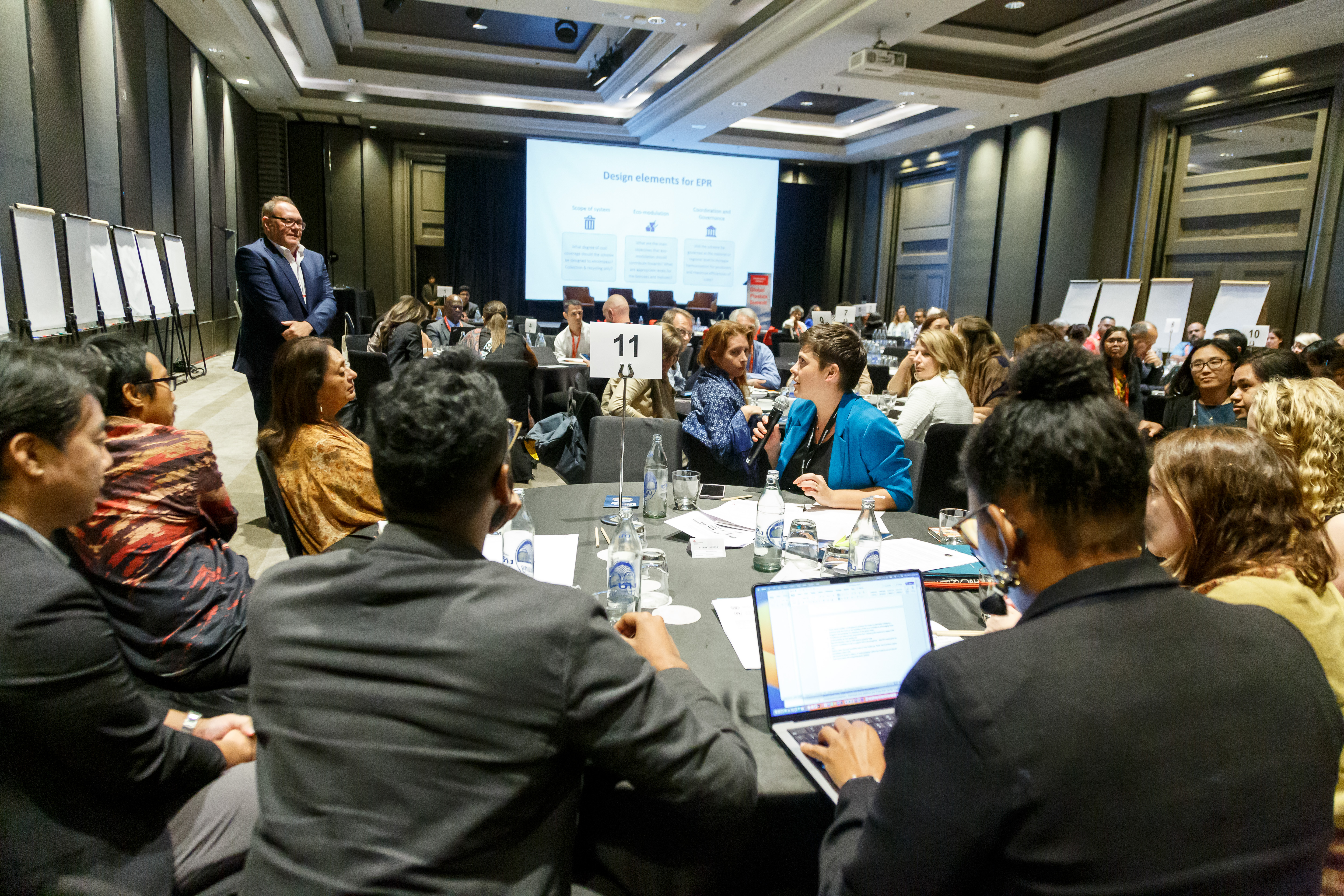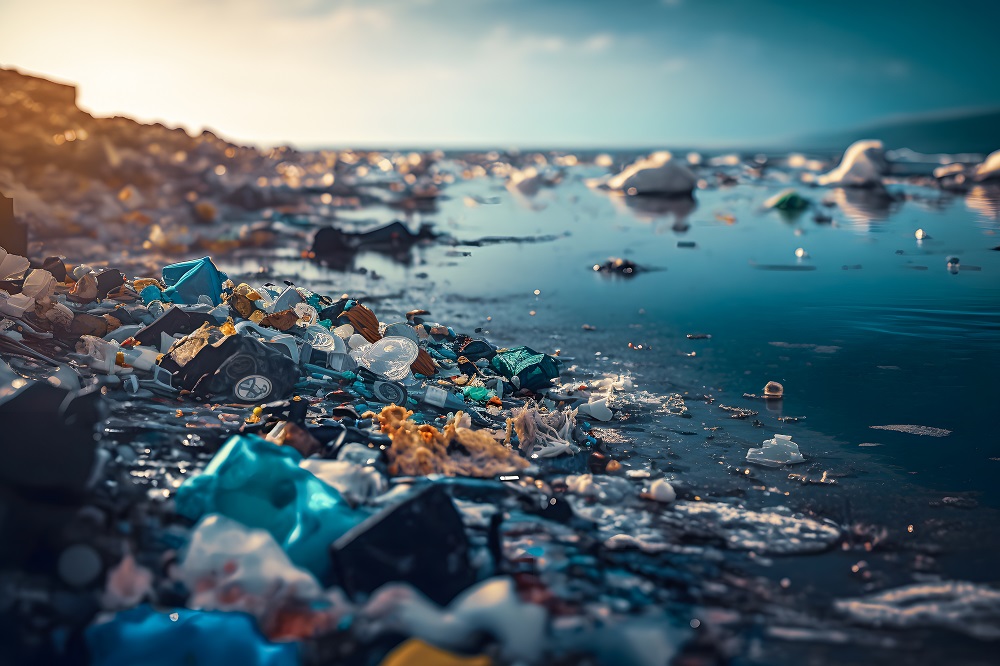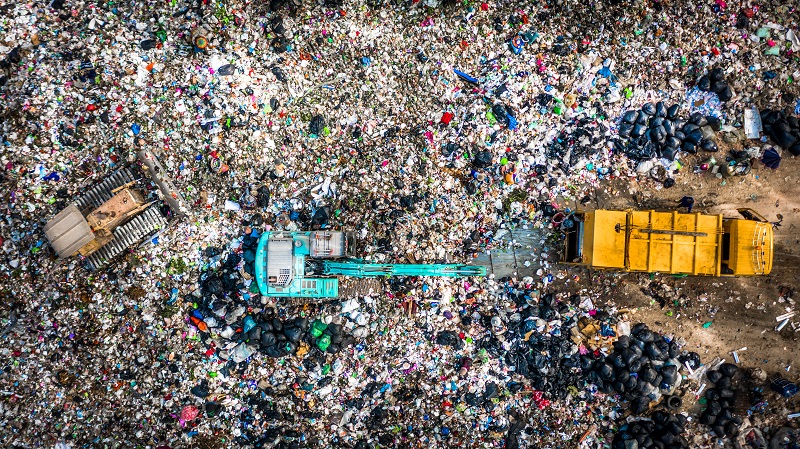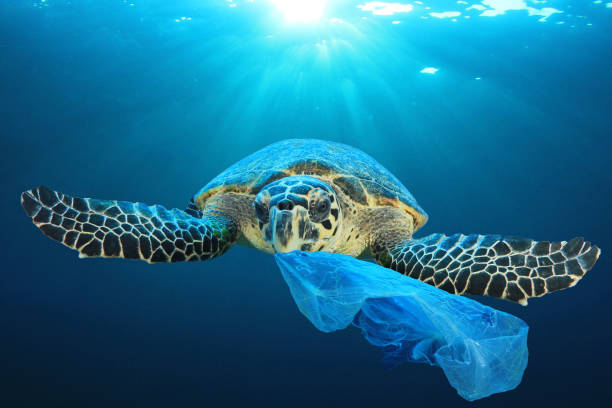AFFILIATED CONTENT
This article was contributed to Back to Blue by Henry Ruhl and Mary K Miller
The ocean and its ecosystems are facing unprecedented challenges from climate change which is heating both land and sea to record levels. According to NOAA research forecasts, 40% of the global ocean is experiencing marine heatwave conditions and that figure is expected to remain high through the end of 2023. These anomalously warm ocean temperatures have significant impacts on marine life and coastal communities and economies, bleaching coral reefs, creating conditions that can favor harmful algal blooms and decreasing the productivity of cold water ecosystems like those off California and other upwelling zones that harbor whales, salmon and lush kelp forests. Continued observational monitoring helps marine managers and researchers understand and mitigate climate impacts on marine life, but ocean data is also critical when looking to the ocean for climate solutions, including offshore wind and other technologies to generate renewable ocean energy.
Those ocean energy sources are beginning to come online just as new ocean observing technologies and teams are bringing tools to help inform their environmentally responsible deployment. In late 2022, five lease areas off Northern and Central California were auctioned by the Bureau of Ocean Energy Management, the first federal leases to be awarded off the West Coast (there is an additional wind area being considered in state waters near Vandenberg Space Force Base). These combined wind areas, comprising over 370 acres of ocean surface, have the potential to generate 4.6 gigawatts of offshore wind energy, enough to power over 1.5 million homes. There are, however, significant challenges, both to the technical design of the turbines and uncertainty about potential impacts the construction might have on living marine resources, fishing communities and ocean habitats. Because the waters off the West Coast are so deep, the wind turbines will be moored with lines rather than fixed to the sea floor, creating new design paradigms. Research studies suggest that risks from the construction and operation of offshore wind farms could include: marine life collisions with support boats, industrial debris or infrastructure; collision or behavior disruption to birds or migrating bats from wind turbines; underwater noise or electromagnetic field effects on marine life; and disruption of ocean habitats, including fragile seabed communities, from offshore wind foundations, anchors, and mooring cables. The long cables also pose potential entanglement risks of fishing nets and will restrict some areas to fishing boats.
Some of the most critical information to gather in these largely unstudied areas of the ocean involve the presence and numbers of large animals of interest– whales, other marine mammals, fish and turtles–and other key species that help determine the health of the overall ecosystem. Organisms exist in variable marine environments so the collection of physical and biogeochemical data, including winds, currents and upwelling, ocean temperature, salinity, oxygen, nutrients, pH and other parameters are also needed to best interpret what might be causing any observed ecological changes. The California wind lease areas are regions of rich ecologies from seasonal upwelling which is driven by surface winds that pull cold, nutrient-dense deep water to the surface. This, in turn, stimulates plankton growth, which feeds a highly productive food web that supports healthy marine ecosystems and economically important fishing communities. There are potential questions on how a large offshore wind installation could affect wind-driven processes such as upwelling, which also vary with ocean climate oscillations such as El Niño.

To help address the needs and potential data gaps for assessing any effects of offshore wind, DOE’s National Renewable Energy Laboratory published a report and set of recommendations in 2022 for regulators and members of the marine community. The recommendations include the use of autonomous monitoring technologies, such as fixed and mobile passive acoustic monitoring to listen for whales and other large marine species, and imaging systems, which use cameras on aerial drones and autonomous underwater systems to capture both macro (fish and invertebrates up to kelp forests) and microscopic (plankton) images.
Data from these imaging systems can be processed with artificial intelligence (AI) to count and identify individual species and habitat dynamics, a process that previously required human observers to analyze. Real time and previously-collected image data from wind lease areas and surrounding waters can be used to inform managers before, during, and after construction. For example, Ocean Vision AI leverages machine learning to process hundreds of thousands of hours of existing ocean video and imagery to characterize mid-water and ocean floor habitats which can then be compared with surveys during and after installation. These data are now being aggregated into centralized hubs, including FathomNet, that, together with new capabilities from Ocean Vision AI, can give scientists new access to wind lease areas and other understudied areas of the ocean.
Other autonomous observing technologies include eDNA, which uses microbial genome technology to detect the presence of species, from plankton to whales, through fragments of DNA left in the water column. Robotic microscopes are another promising tool that photographs and counts individual phytoplankton cells and, using artificial intelligence similar to facial recognition software, can characterize both harmful and beneficial algal species. Other biological observing platforms deploy underwater cameras and ocean sound recordings, which can detect nearby fish schools and distant whales. Sharks, seals and other marine predators can be outfitted with a sensor package that records their movements and the physical environment they swim through. Data from these animal oceanographers is collected by the Animal Borne Ocean Sensors network and relayed by satellite, which can be used to study animal movements, habitat characteristics or even to improve daily weather forecasts.
Harnessing existing technologies and expanding observing capabilities to offshore wind areas will require a large ocean observing program and massive amounts of scientific information to understand the full ecosystem effects of wind farms. The Ocean Decade (2021-2030) has galvanized action to collect and share ecological and biomolecular data including the Ocean Biomolecular Observing Network, Marine Biodiversity Observation Network (MBON) and other efforts, that will provide scientists, marine managers and regulators centralized hubs to track changes in ocean ecosystems locally and globally.

The effort will also require new and more cost-effective observing technologies along with streamlined and accessible data management. To help meet this challenge Synchro, run out of the Monterey Bay Aquarium Research Institute and the Central and Northern California Ocean Observing Systems in partnership with Stanford, Moss Landing Marine Lab, UC Santa Cruz, University of Washington, and Hakai Institute, has launched a testbed to bring emerging marine technologies into wider use. Funded with support from the Gordon and Betty Moore Foundation, Oceankind, and Schmidt Marine Technology Partners, Synchro will streamline the process of evaluating and getting promising new ocean observing tools into wider use by providing access to boats and ocean platforms like buoys and autonomous underwater vehicles (AUVs). Co-design workshops and field deployments will bring together technology developers, scientists and marine managers to optimize instruments and ensure the accuracy and utility of ocean data to its ultimate users. The team has also launched a two-year field campaign to design baseline and continuing studies to address key questions and permitting conditions for the offshore wind industry, regulators, and the public. These questions–whether wind turbines impact marine life and to what degree–can only be answered through cost-effective and scalable biological and ecosystem observing and analysis. This, in turn, will help the wind industry, regulators and the public assess the feasibility, capacity and scalability of offshore wind to meet future demands.
Back to Blue is an initiative of Economist Impact and The Nippon Foundation
Back to Blue explores evidence-based approaches and solutions to the pressing issues faced by the ocean, to restoring ocean health and promoting sustainability. Sign up to our monthly Back to Blue newsletter to keep updated with the latest news, research and events from Back to Blue and Economist Impact.
The Economist Group is a global organisation and operates a strict privacy policy around the world.
Please see our privacy policy here.
THANK YOU
Thank you for your interest in Back to Blue, please feel free to explore our content.
CONTACT THE BACK TO BLUE TEAM
If you would like to co-design the Back to Blue roadmap or have feedback on content, events, editorial or media-related feedback, please fill out the form below. Thank you.
The Economist Group is a global organisation and operates a strict privacy policy around the world.
Please see our privacy policy here.



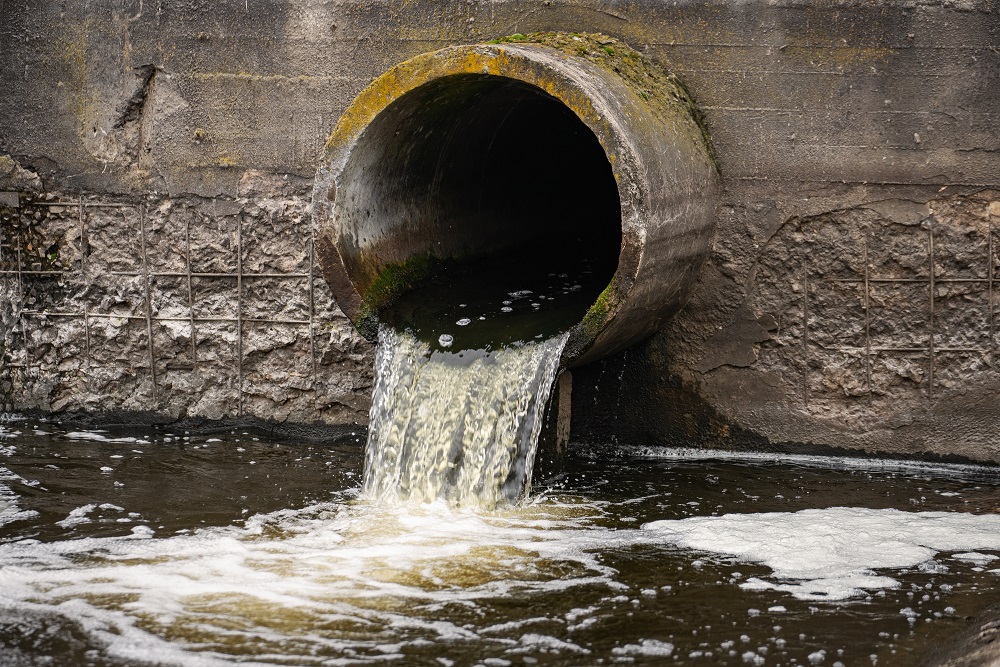 The scourge of untreated wastewater
The scourge of untreated wastewater Slowing
the chemical tide: safeguarding human and ocean health amid
chemical pollution
Slowing
the chemical tide: safeguarding human and ocean health amid
chemical pollution Hazardous chemicals in plastics - the discussions at INC
Hazardous chemicals in plastics - the discussions at INC
